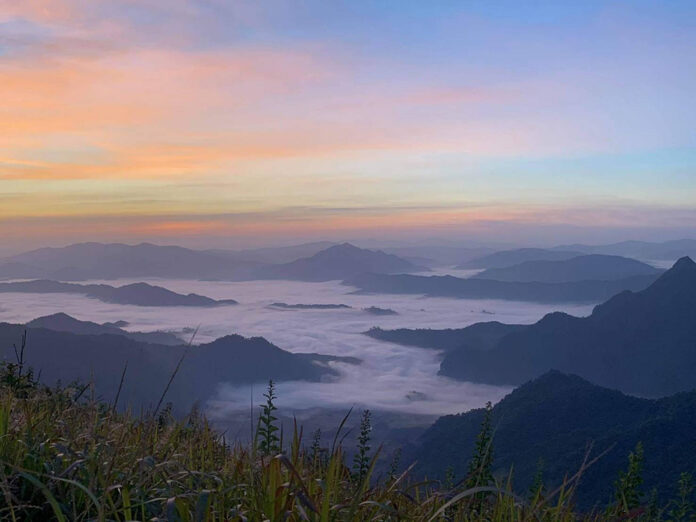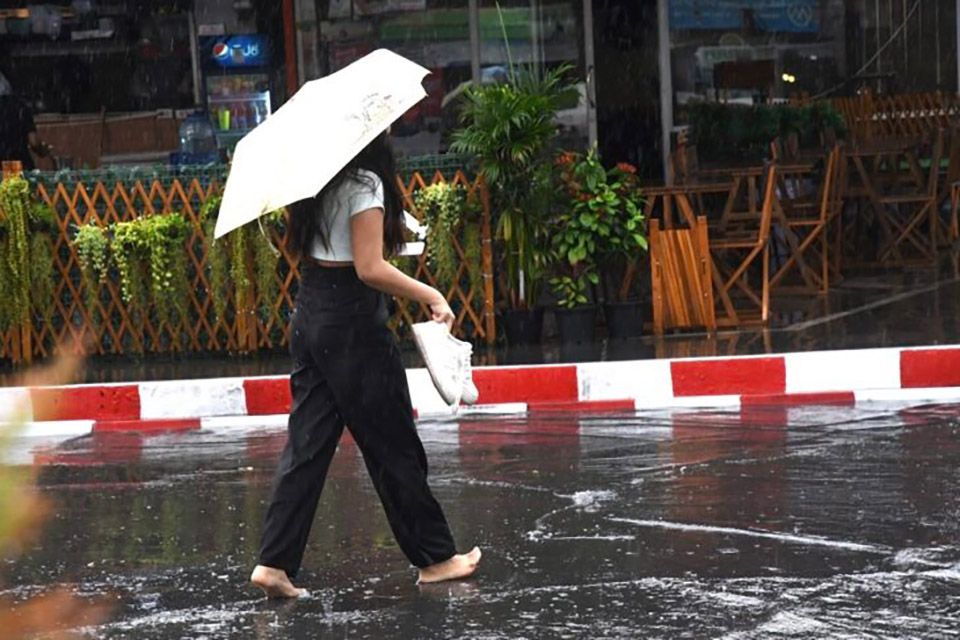Thai border authorities in Trat province are closely monitoring a forest fire that has crossed over from Cambodia’s Pursat province. The fire, which began on Thursday, has raised concerns about potential cross-border environmental impacts.
Regional Environmental Threat
Trat Province on High Alert
Defence Minister Phumtham Wechayachai has emphasized tackling wildfires, haze, and PM2.5 pollution as a national priority. He has instructed all defence units to be ready for deployment, integrating efforts with provincial authorities and relevant organizations to address the issue comprehensively.
Coordinated Response
Multi-Agency Approach
The 3rd Army Region, as the lead agency for addressing forest fires in Northern Thailand, has established an Operations Centre for Forest Fire and Haze Prevention and Mitigation. This center aims to integrate efforts, monitor hotspots, and respond effectively to fire incidents.
Air Support and Naval Readiness
Royal Thai Air Force and Navy Prepared
The Royal Thai Air Force has prepared aircraft, personnel, and equipment for wildfire suppression. Meanwhile, the Royal Thai Navy has readied its Disaster Relief Centre in designated areas to provide support when requested.
International Cooperation
Addressing Transboundary Haze
Phumtham has stressed the importance of tackling transboundary haze through collaboration with neighboring countries. The Department of Border Affairs is implementing initiatives from the “Guidelines for Solving Forest Fire and Transboundary Haze Issues” meeting, including training programs on wildfire suppression for neighboring countries.
Long-term Strategy
Wildfire Monitoring Centers
The ministry has established wildfire monitoring centers in Myanmar and Laos, with plans to set up four more in Laos, Myanmar, and Cambodia by 2025. These efforts aim to reduce transboundary haze caused by neighboring countries in the long term.
Regional Impact
Lower Mekong River Region Affected
The Lower Mekong River Region, including Thailand, Cambodia, Laos, and Myanmar, experiences annual fire and smoke haze issues, particularly during the dry season from January to April. These fires, though often small, can collectively produce thick layers of smoke haze, impacting human health and daily life in the region.









